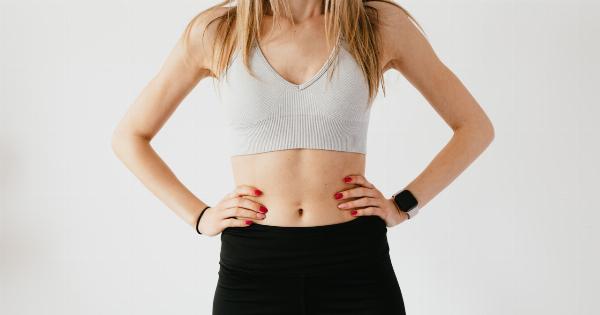Top Tips for Selecting the Perfect Face Sunscreen
The sun emits two types of harmful rays, UVA and UVB. UVB rays cause sunburn while UVA rays penetrate deeper and can cause premature aging and skin cancer.
Look for a sunscreen that offers protection against both UVA and UVB rays, which is labeled as “broad spectrum”.
2. Choose the Right SPF
SPF stands for Sun Protection Factor and indicates how long a sunscreen will protect your skin from UVB rays. The higher the SPF, the longer the protection. However, it’s important to note that no sunscreen can provide 100% protection.
Experts recommend using a sunscreen with an SPF of at least 30.
3. Consider Your Skin Type
If you have oily skin, look for a sunscreen that’s oil-free and non-comedogenic, meaning it won’t clog your pores. If you have dry skin, you may want to choose a sunscreen that contains moisturizing ingredients.
And if you have sensitive skin, look for a sunscreen that’s fragrance-free and hypoallergenic.
4. Opt for Mineral Sunscreen
Mineral sunscreens use zinc oxide and/or titanium dioxide to physically block the sun’s rays.
These ingredients are gentler on the skin and less likely to cause irritation compared to chemical sunscreens that use ingredients like oxybenzone and avobenzone.
5. Check the Expiration Date
Sunscreens lose their effectiveness over time, so make sure to check the expiration date before applying. If there’s no expiration date, it’s generally recommended to replace your sunscreen every two years.
6. Don’t Rely on Makeup with SPF
While some makeup products may contain SPF, it’s important to not solely rely on them for sun protection. You would need to apply a lot of makeup to get the full SPF protection, and you may not be applying it evenly across your face.
7. Consider the Environment
If you plan on swimming or doing any water activities, make sure to choose a waterproof sunscreen. And if you’ll be spending time in hot or humid environments, look for a sweat-resistant formula that won’t drip off your face.
8. Don’t Forget to Reapply
Sunscreens should be reapplied every two hours, or more frequently if swimming or sweating.
It’s important to not skimp on the amount either – you should use about a shot glass worth of sunscreen for your entire body, and about the size of a quarter for your face.
9. Try Samples
Everyone’s skin is different, so what works for one person may not work for another. Before committing to a full bottle, try out samples of different sunscreens and see which one works best for your skin.
10. Read Reviews
Lastly, read reviews and do your research before buying a sunscreen. Look for ones that have high ratings and positive feedback from other customers.


























